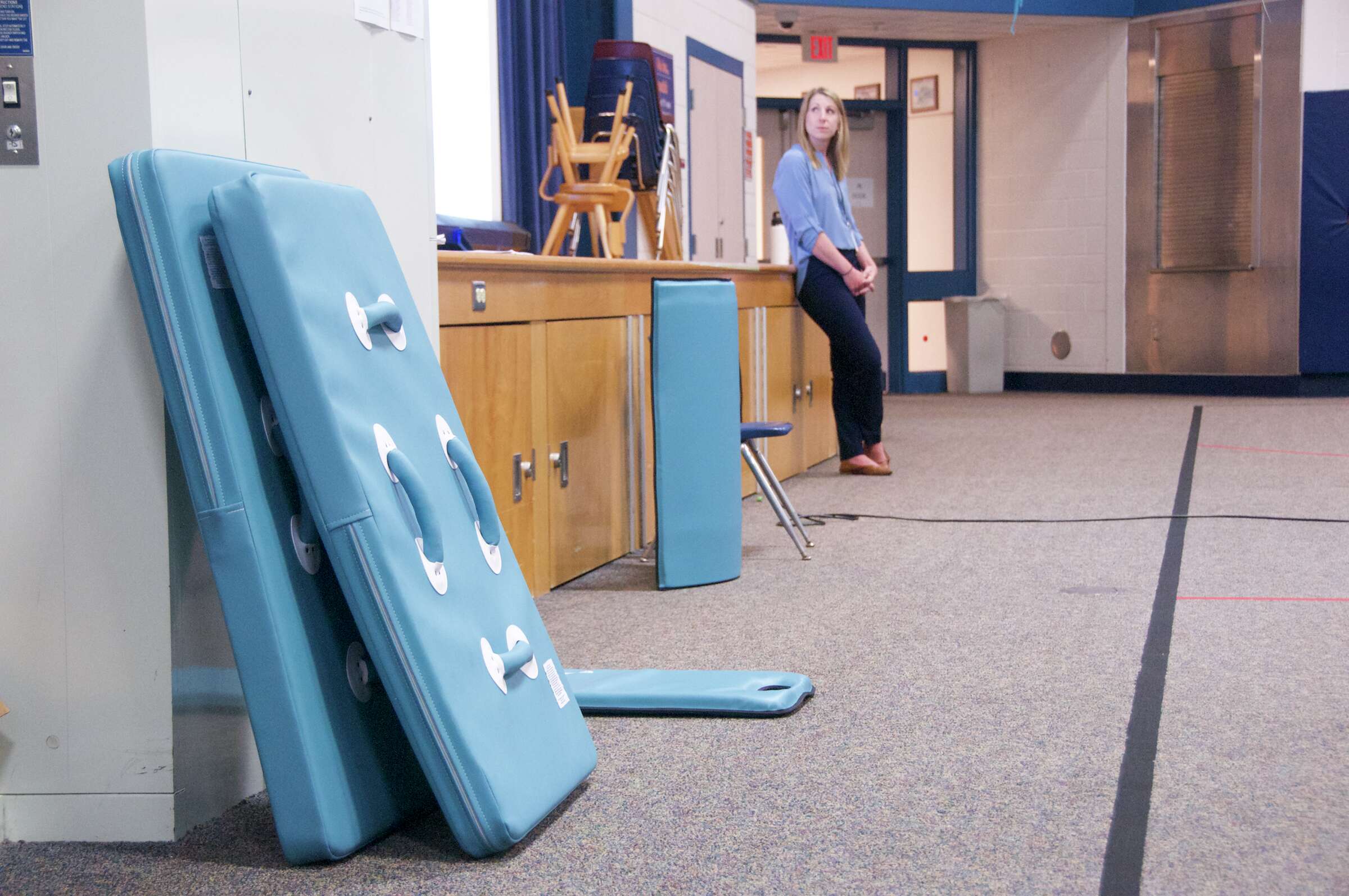
Not all schools use restraint or seclusion practices on students. Here’s a look at some alternatives.
This article appeared in CT Insider.
he first time Ed Nientimp heard about a model to reduce how often teachers and other staff physically restrain students or place them in seclusion rooms, he couldn’t help a little skepticism.
Nientimp had worked in special education for years and saw restraint and seclusion as unfortunate but necessary tools to calm students and keep classrooms safe. Even as he registered for training from Ukeru, a new crisis training program offering alternatives to the controversial techniques, he didn’t expect to be convinced.
“As a skeptic, I thought we would go and review the program and come back and report to the board and the superintendent that what we are doing is state-of-the-art and best practice,” said Nientimp, director of student services in the Millcreek Township School District in western Pennsylvania. “That was really the goal: to rule it out.”
But Nientimp found himself impressed by the training, and particularly by Ukeru data that showed dramatic drops in restraint and seclusion emerging from relatively simple tweaks to the way staff members think about student behavior and react to tense situations. He agreed to pilot the new practices in three Millcreek Township classrooms.
Sure enough, Nientimp recalls, restraints dropped dramatically in those classrooms during the trial period. The next year, Millcreek Township rolled out the system districtwide and restraints disappeared entirely.
Five years later, the district hasn’t recorded a single restraint in its public schools since, and Nientimp is a true believer.
“It’s almost so simple that it’s like, ‘Duh, why didn’t we do this [earlier]?’” he said. “We’re just more benevolent and more caring, and as a school that’s what we should be.”
Read the full story here.